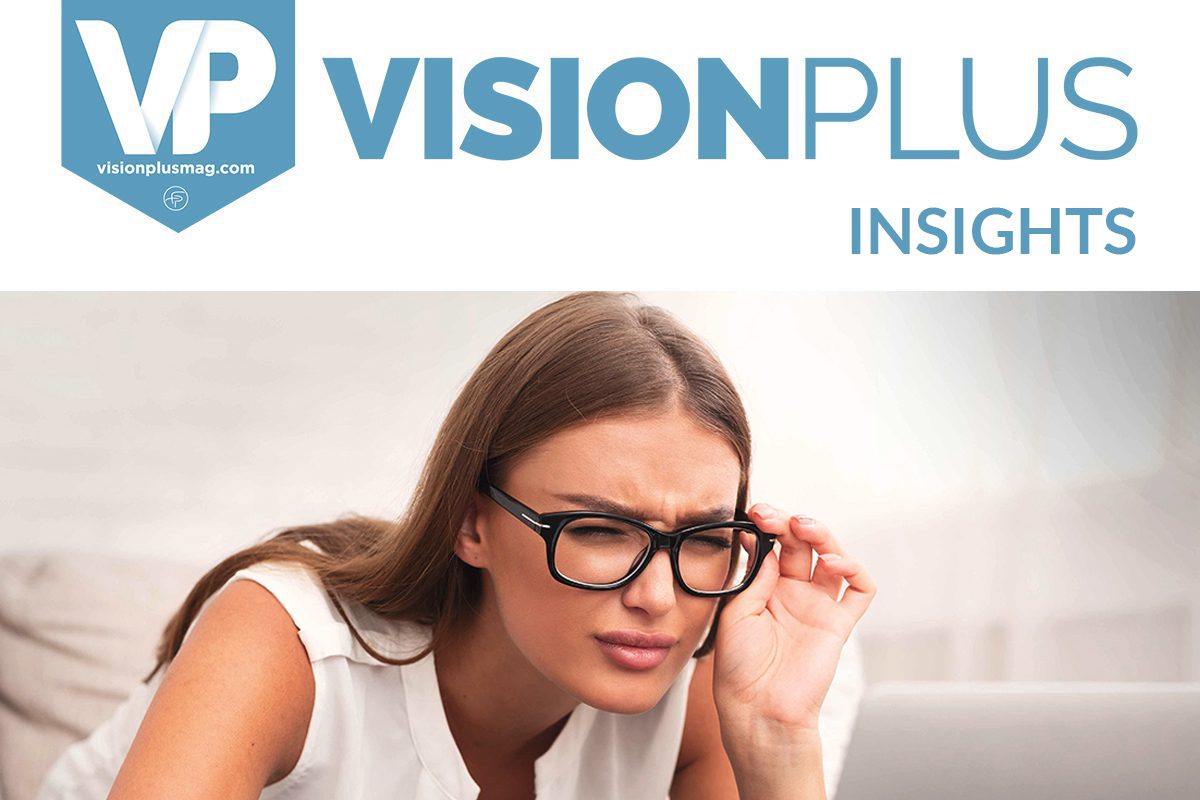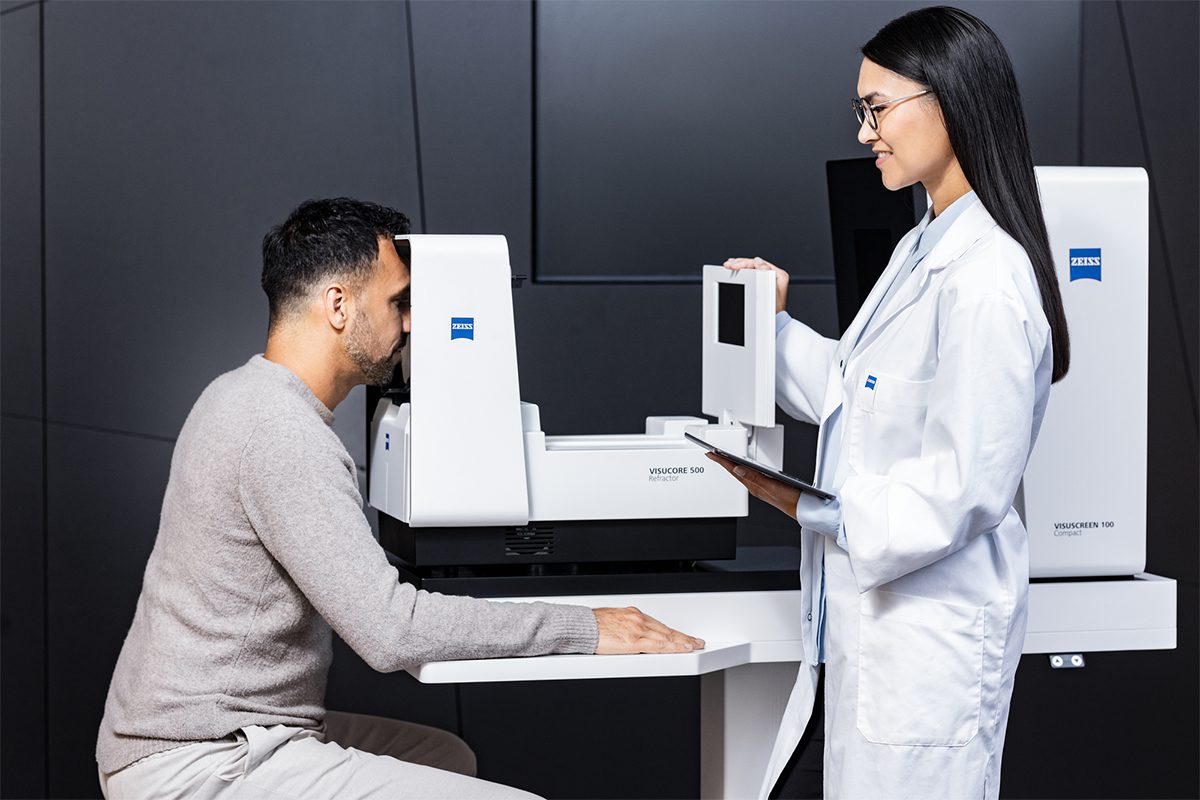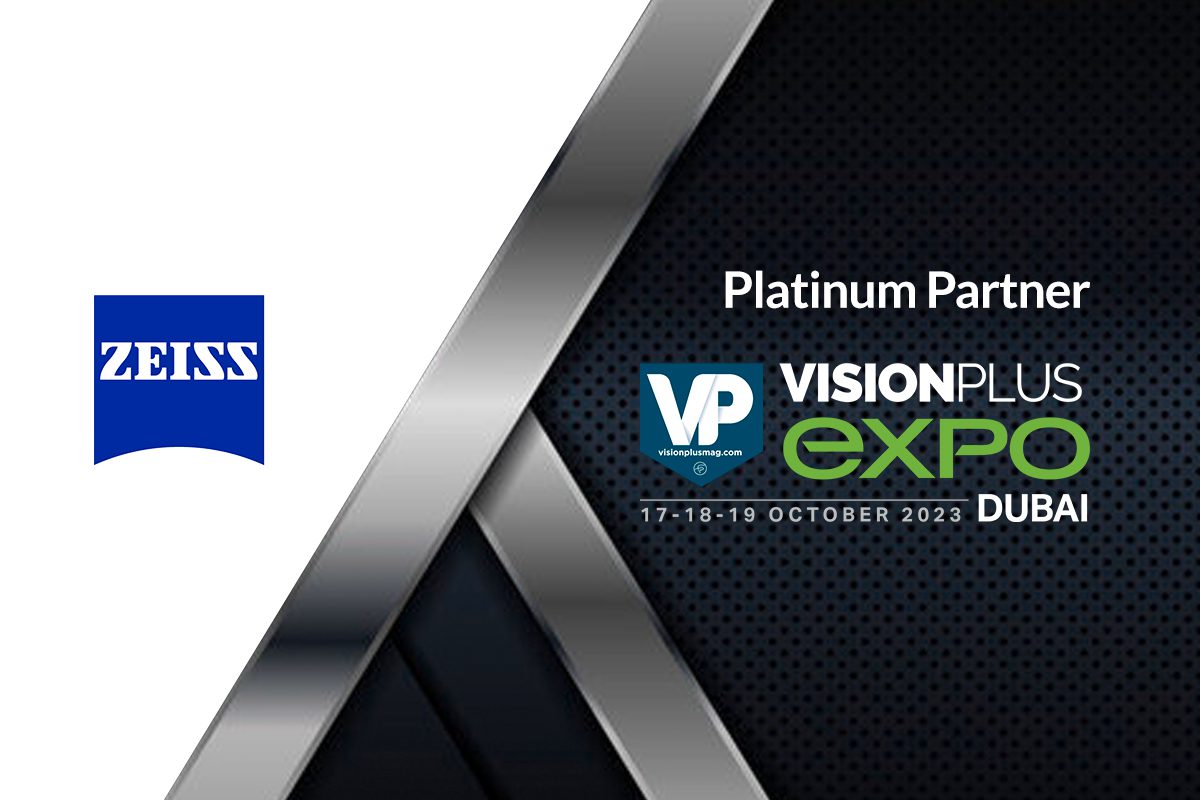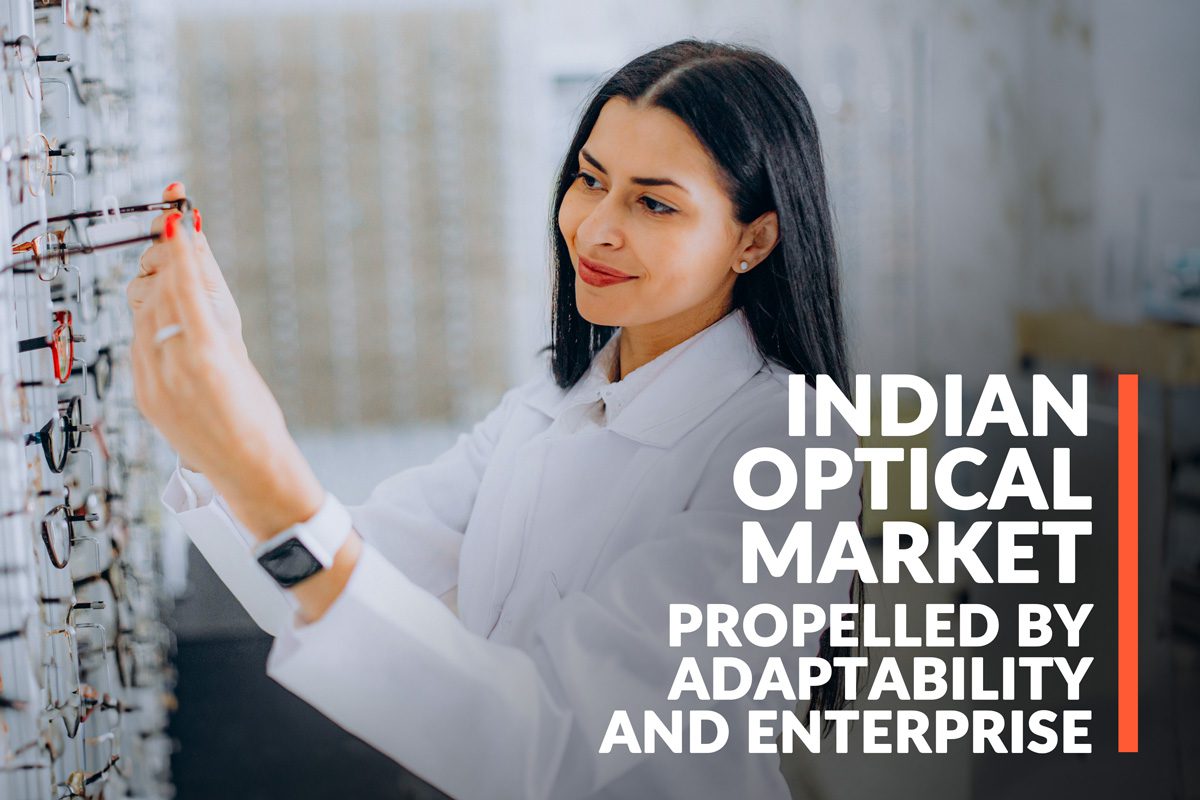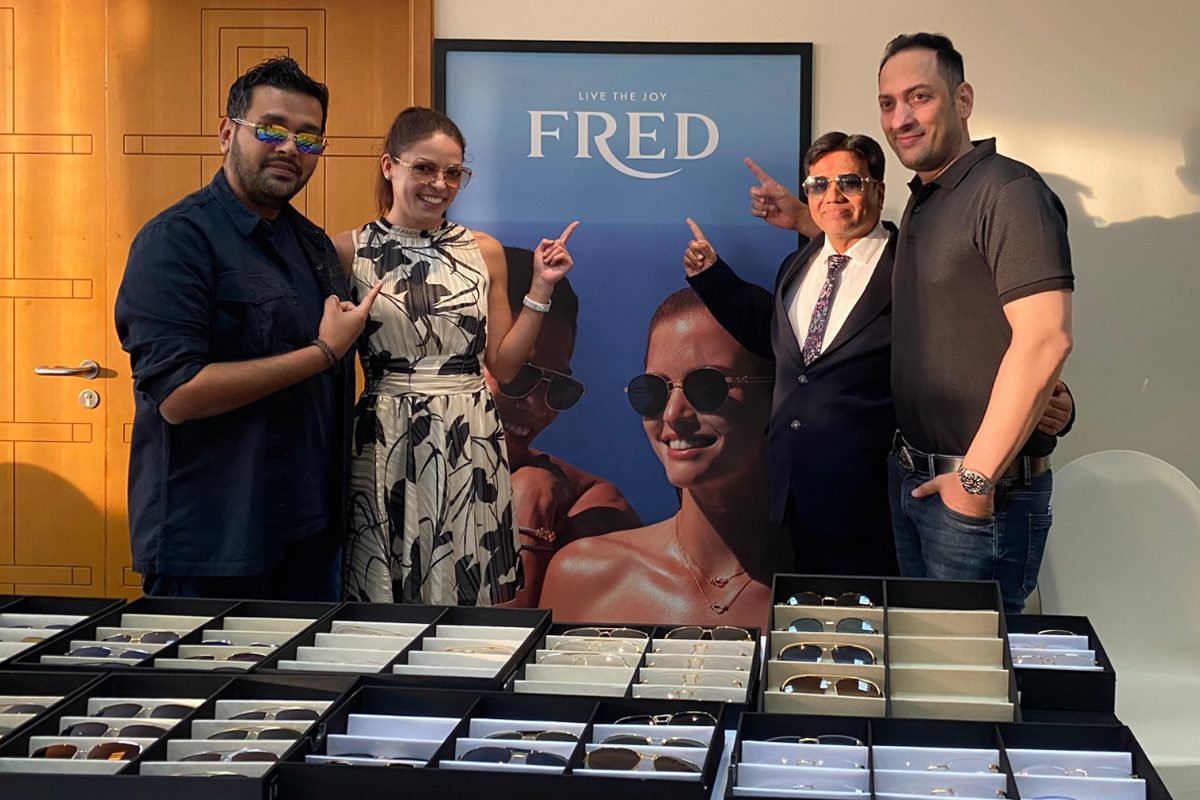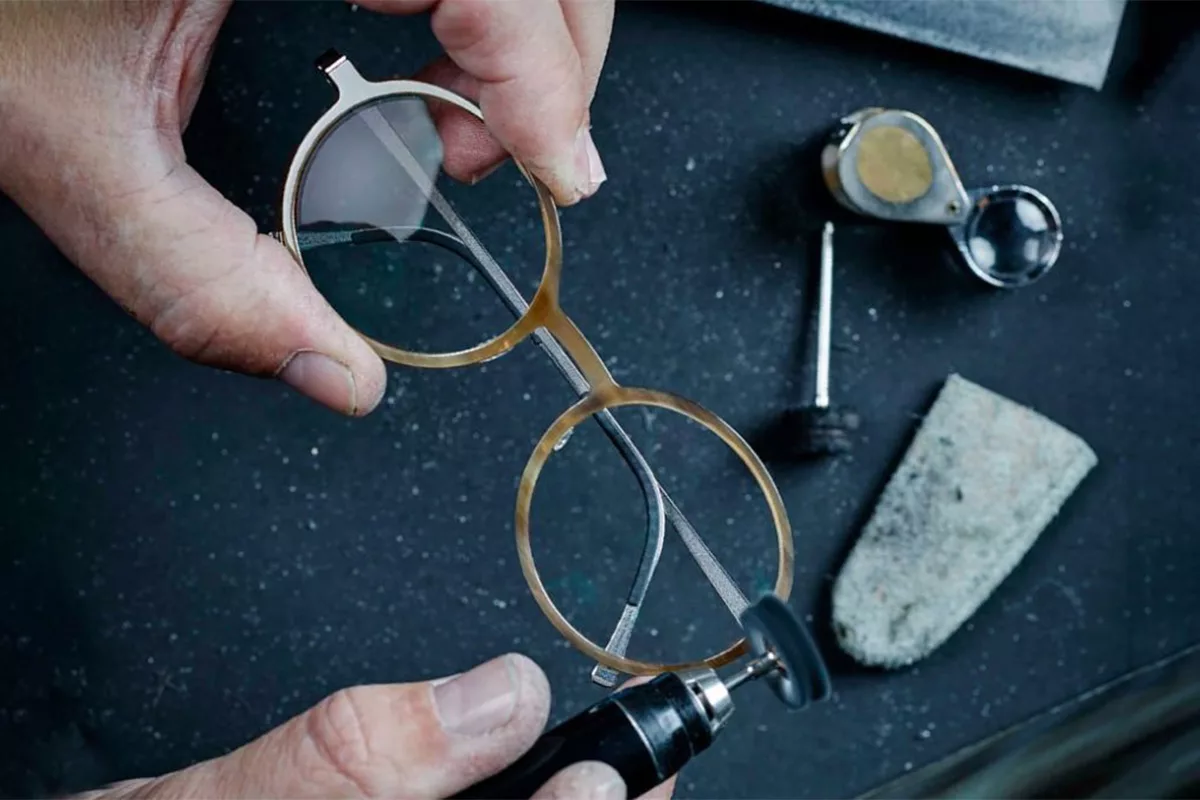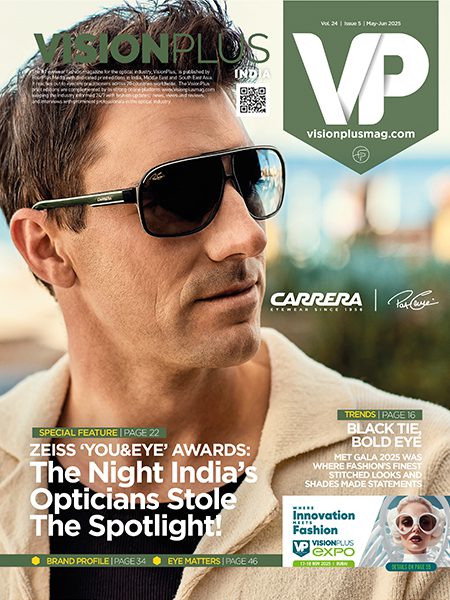ZEISS offers successful solutions in the form of high quality products with an aim to correct visual impairment
People, mostly, take good vision for granted. Also, if they have a problem with their vision, it is easily corrected through the use of contact lenses or spectacles.
Finding a solution is, however, more difficult for people who suffer from serious visual impairment and whose vision is severely limited. People with a visual impairment have difficulties with everyday tasks. A serious visual impairment cannot be corrected with normal eyeglasses or contact lenses. In many cases, however, magnifying visual devices can be used to improve a person’s vision so that they can regain or maintain their independence to a large extent.
 The ZEISS LVD Portfolio includes the following:
The ZEISS LVD Portfolio includes the following:
Aplanatic-achromatic pocket magnifiers
Thanks to their compactness these pocket magnifiers are ideal for mobile use. The optics provide images without distortion and chromatic aberration across the entire field of view. They are available with the powers 24 D and 40 D and as double pocket magnifiers with 12 D + 24 D = 36 D.
Aspheric hand-held magnifiers
The program consists of five hand-held magnifiers and is graded according to dioptric power (from 6 D to 20 D).
Telescopic spectacles with Galilean or Kepler-type design
Telescopic spectacles feature either Galilean or Kepler-type optics which differ in their optical design and hence their properties.
The outstanding benefits of Galilean optics (system comprising minus and plus lenses) include their compact design and relatively low weight. Kepler-type optics (system consisting of 2 plus lenses and a prism) allow higher magnifications without any loss of optical image quality.
Telescopic Spectacles G 1.8
The ZEISS telescopic spectacles G 1.8 are a Galilean telescope system with 1.8x magnification which offers an exceptionally large field of view. Large fields of view simplify the use of the telescopic spectacles. Object-side clip-on lenses turn the G 1.8 into a teleloupe system with up to 12x magnification for near vision that enables the recognition of near objects and the reading of standard font sizes again.
Telescopic Spectacles G 2 bioptics
In the ZEISS telescopic spectacles G 2 bioptics telescope optics with 2x magnification are cemented onto a carrier lens, with the optical system being positioned above the normal viewing direction of the wearer. This means the spectacles can be used in the normal way for distance and/or near vision. When a distant object requires special attention, the user can look through the telescope system by lowering his/her head and/or eyes and therefore obtain a magnified image of the viewed object.
Therefore, the G 2 bioptics support the user in many everyday situations, particularly outdoors: for example, to recognize street names or for general orientation purposes.
Telescopic spectacles K 4 / K 4 vario / K 4 bino, teleloupe spectacles K bino
The Kepler-type telescopic spectacles offer outstanding imaging properties that also allow higher magnifications with very good image quality. Clip-on lenses which are attached to the telescope system allow fast switching between distance and near vision (upto 20X) .
Alternatively, the optical system of the telescopic spectacles K 4 vario can be set continuously from distance to near, by adjusting the objective lens.
In most cases magnifying optics are provided for one eye only. In cases where binocular provision is possible and meaningful, binocular systems can also be used.
The ZEISS telescopic spectacles K 4 bino allow distance vision for both eyes, but near vision is only possible with one eye due to the parallel position of the optical housings. The second eye is then covered with a frosted clip-on lens.
The teleloupe spectacles K bino are intended for binocular use only in order to magnify near objects and reading texts so that they can be recognized again by the low vision user.
Special filter lenses
The special filter lenses are suitable for medical use in certain retinal diseases such as retinopathia pigmentosa, achromasia, rod monochromatism and diabetic retinopathy at an advanced stage. The transmittance of the special filter lenses has been optimized so that part of the visible shortwave spectrum is absorbed. This means that patients using the special filter lenses often benefit from enhanced contrast, reduced glare and shorter adaptation times.


 The ZEISS LVD Portfolio includes the following:
The ZEISS LVD Portfolio includes the following: